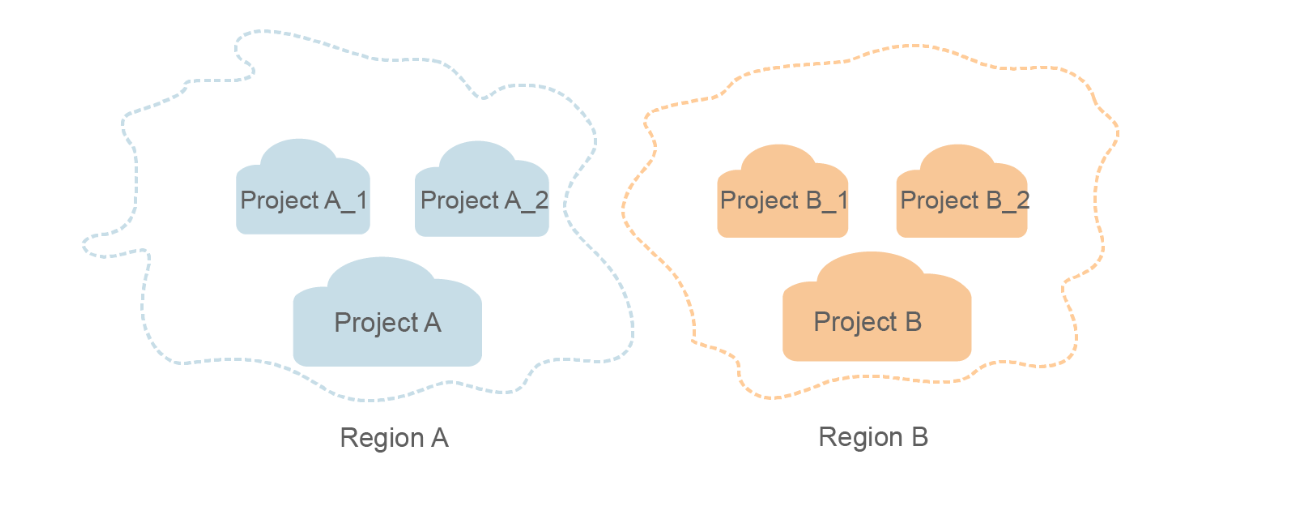Overview
Thank you for choosing Host Security Service (HSS). HSS helps you identify and manage the assets on your servers, eliminate risks, and defend against intrusions and web page tampering. There are also advanced protection and security operations functions available to help you easily detect and handle threats.
This document describes how to use application programming interfaces (APIs) to perform operations on HSS.
If you plan to access HSS through an API, ensure that you are familiar with HSS concepts. For details, see Service Overview.
API Calling
HSS supports Representational State Transfer (REST) APIs, allowing you to call APIs using HTTPS. For details, see Calling APIs.
Endpoints
An endpoint is the request address for calling an API. Endpoints vary depending on services and regions. Obtain the regions and endpoints from the enterprise administrator.
You need to select an endpoint based on your service requirements.
Basic Concepts
- Account
An account has full access permissions for all the resources and cloud services. It can be used to reset user passwords and grant users permissions. The account is a payment entity and should not be used to perform routine management. For security purposes, create IAM users and grant them permissions for routine management.
- User
An IAM user is created using an account to use cloud services. Each IAM user has its own identity credentials (password and access keys).
The domain name, username, and password will be required for API authentication.
- Region
Regions are divided based on geographical location and network latency. Public services, such as Elastic Cloud Server (ECS), Elastic Volume Service (EVS), Object Storage Service (OBS), Virtual Private Cloud (VPC), Elastic IP (EIP), and Image Management Service (IMS), are shared within the same region. Regions are classified as universal regions and dedicated regions. A universal region provides universal cloud services for common tenants. A dedicated region provides services of the same type only or for specific tenants.
- Availability Zone (AZ)
An AZ comprises one or multiple physical data centers equipped with independent ventilation, fire, water, and electricity facilities. Compute, network, storage, and other resources in an AZ are logically divided into multiple clusters. AZs within a region are connected using high-speed optical fibers to support cross-AZ high-availability systems.
- Project
A project corresponds to a region. Projects group and isolate resources (including compute, storage, and network resources) across physical regions. Users can be granted permissions in a default project to access all resources in the region associated with the project. For more refined access control, create subprojects under a project and purchase resources in the subprojects. Users can then be assigned permissions to access only specific resources in the subprojects.
Figure 1 Project isolation model

- Enterprise Project
Enterprise projects group and manage resources across regions. Resources in enterprise projects are logically isolated from each other. An enterprise project can contain resources of multiple regions, and resources can be added to or removed from enterprise projects.
Limitations and Constraints
An API can be accessed up to 600 times/minute, in which a single user or IP address can access an API for up to five times/minute.
For more constraints, see API description.